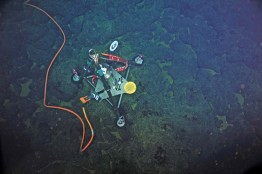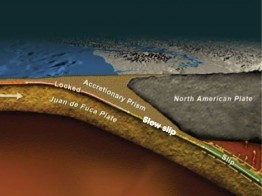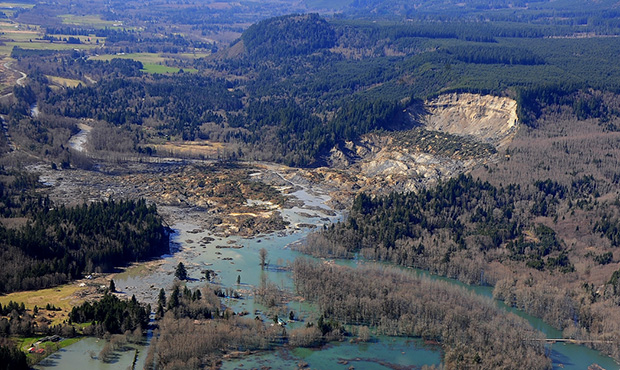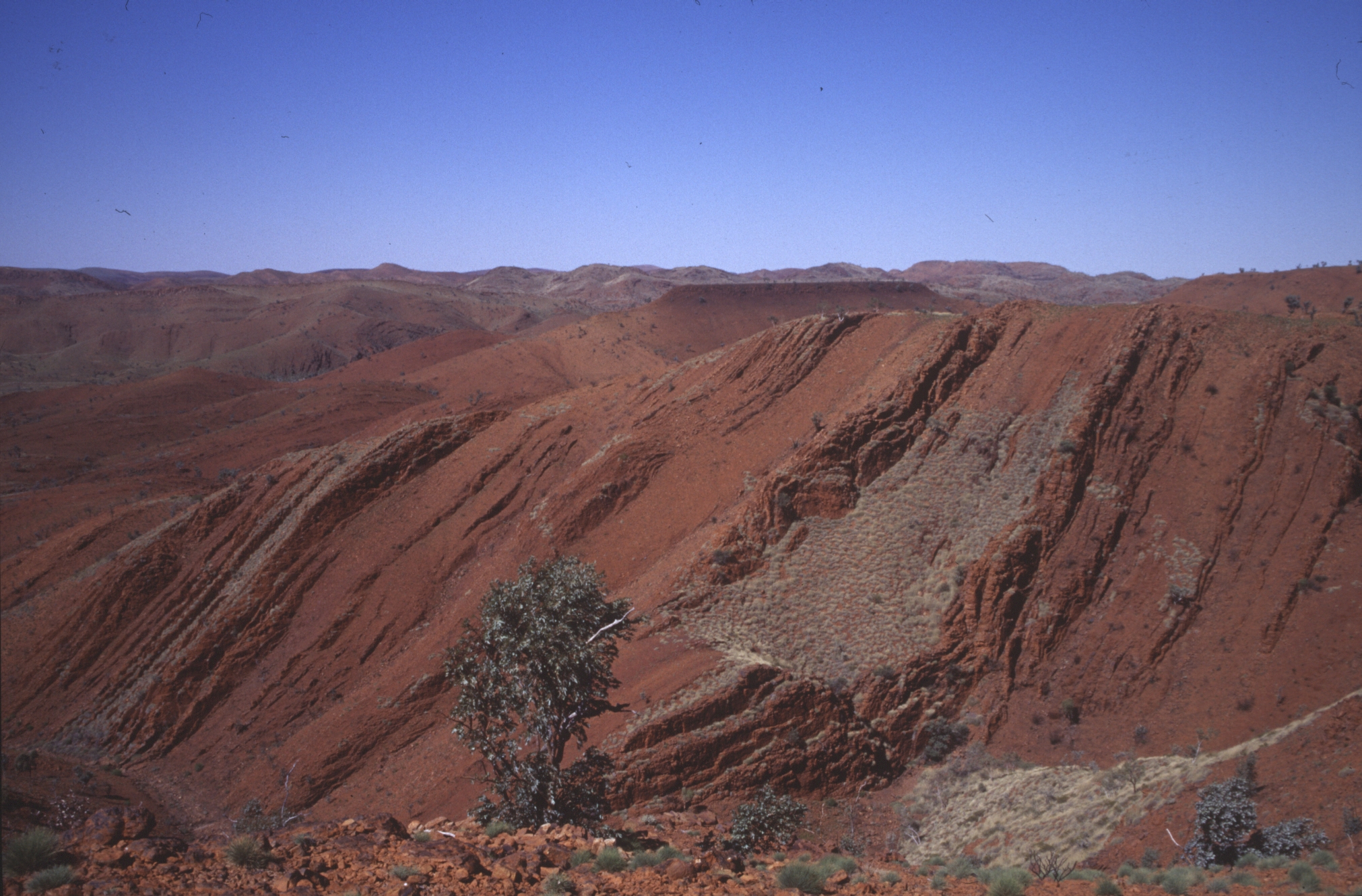Thanks to a set of high-tech instruments installed last summer by a team of scientists, many at the College of the Environment, the deep sea is online and scientists were able to observe the eruption of the Axial Volcano on April 23. About 300 miles offshore from Astoria, Oregon, and one mile deep, the data collected flowed back to the land at the speed of light through fiber optic cable.
Read more at UW Today »Tidal tugs on Teflon faults drive slow-slipping earthquakes
Unknown to most people, the Pacific Northwest experiences a magnitude-6.6 earthquake about once a year. The reason nobody notices is that the movement happens slowly and deep underground, in a part of the fault whose behavior, known as slow-slip, was only recently discovered. A University of Washington seismologist who studies slow-slip quakes has looked at how they respond to tidal forces from celestial bodies and used the result to make a first direct calculation of friction deep on the fault.
Read more at UW Today »A year later, UW geologist reflects on Oso and the need for better application of landslide science
Earth and Space Sciences’ David Montgomery is one of many University of Washington researchers who have been working to develop and analyze critical data in the aftermath of last year’s landslide in Oso. March 22, 2015 marked one year since the largest recorded landslide in U.S. history decimated a western Washington community and killed 43 people. In the wake of that disaster, Montgomery has some thoughts about how to make landslides less deadly.
Read David's New York Times op-ed »UW scientist offers new insights on Earth's evolution in recently published book
“A New History of Life” by Earth and Space Sciences’ Peter Ward and Joseph L. Kirschvink from the California Institute of Technology draws on their years of experience in paleontology, biology, chemistry, and astrobiology to illuminate recent scientific developments about the evolution of life on Earth. More than 150 years after Darwin published his evolutionary theories, Ward and Kirschvink argue that chaos and catastrophe shaped the evolution of life on Earth; that it was not an elegant, gradual process.
Read more at The Wall Street Journal »World's oldest rocks show signs of life on Earth 3.2 billion years ago
Recent findings from Earth and Space Sciences‘ Roger Buick, Eva Stüeken, and Matt Koehler, with Bradley Guy from the University of Johannesburg, suggest that life on Earth may have flourished more than a billion years earlier than previously thought. Nitrogen is a building block of amino and nucleic acids, both essential for life on Earth. By studying some of the planet’s oldest rocks, which contain preserved chemical clues and are free of chemical irregularities, the team concluded that life was pulling nitrogen out of the air and converting it into a form that could support larger communities 3.2 billion years ago.
Read more at UW Today »





